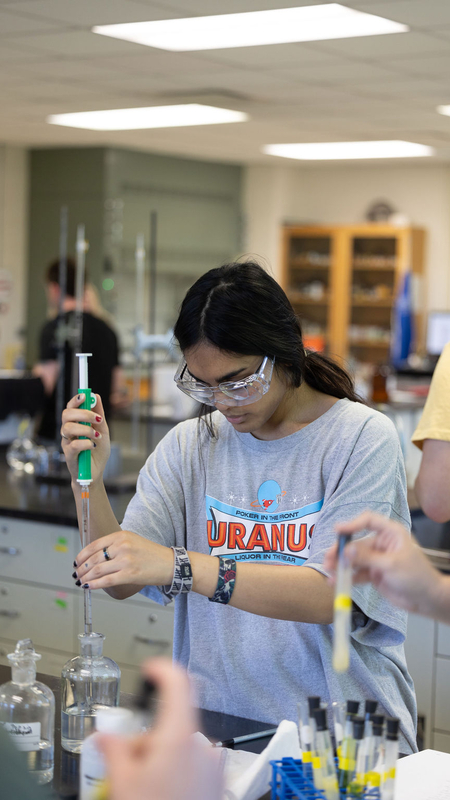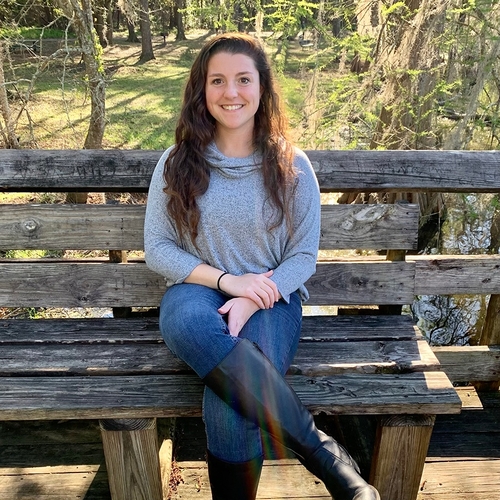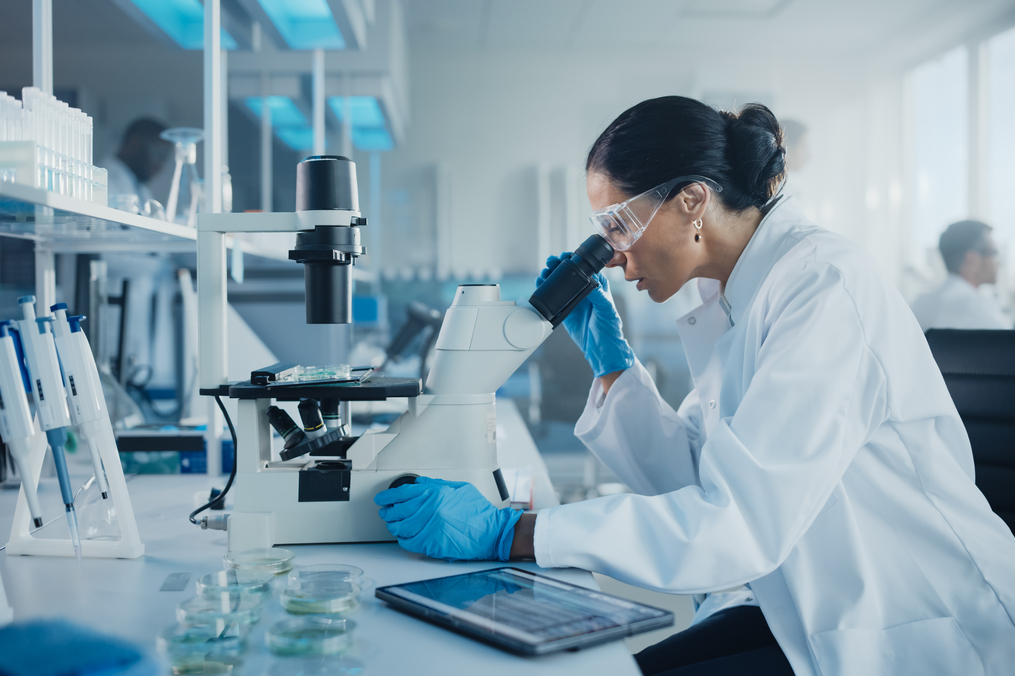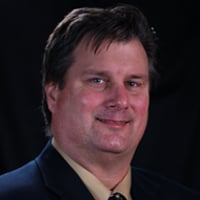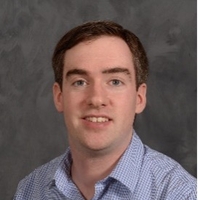Keuka College’s Bachelor of Arts (B.A.) in Chemistry offers a rigorous, hands-on path to mastering the central science, pairing research-grade lab experience with one-on-one mentorship and real-world Field Period internships.
Whether you’re headed for healthcare, industry, or environmental stewardship, you’ll graduate with the knowledge, practical skills, and confidence to analyze, innovate, and lead.
Specialize Your Studies
Choose from five focused tracks – tailor your coursework to your goals:
- Biochemistry – Explore molecules of life, from enzyme kinetics to drug design.
- Chemistry Research – Dive into advanced methods, independent projects, and publication-ready inquiry.
- Environmental Chemistry – Analyze air, water, and soil to track pollutants and protect ecosystems.
- Forensic Chemistry – Apply analytical techniques to evidence, from toxicology to trace materials.
- Medical/Professional – Prepare for health careers with human-focused science and clinical readiness.
Along the way, you’ll build a strong core in general, organic, analytical, physical, and inorganic chemistry, plus biochemistry, alongside physics and calculus. You’ll then cap your studies with scientific communication, a Field Period, and a senior seminar.
Chemistry Minor
Build a stronger molecular toolkit to complement your major. Deepen core concepts and lab skills – ideal for pre-med, pre-optometry, pre-vet, and roles in biological, environmental, or pharmaceutical fields.
Forensic Chemistry Minor
Pair general, organic, and analytical chemistry with criminal justice and investigation. You’ll learn to apply chemical methods to evidence – preparing for work where science meets the legal system.
The Chemistry and Forensic Chemistry minors are for non-Chemistry majors only.
Program Requirements
Thinking Pharmacy, Med, or Vet School?
Our Doctor of Pharmacy 3+4 pathways let qualified Keuka College students apply for accelerated entry at the University at Buffalo, Binghamton University, and the Albany College of Pharmacy and Health Sciences.
If you’re aiming for vet or med school, you’ll receive personalized advising from year one. Alumni have earned D.V.M., M.D., and D.O. degrees at Purdue, Tennessee, Florida, Touro, and UPenn – with additional pre-professional paths in optometry, dentistry, and physician assistant studies.

